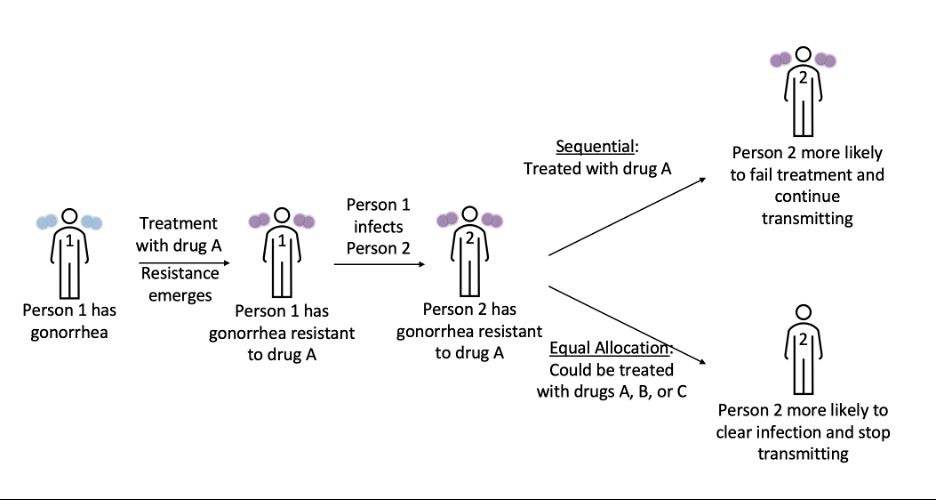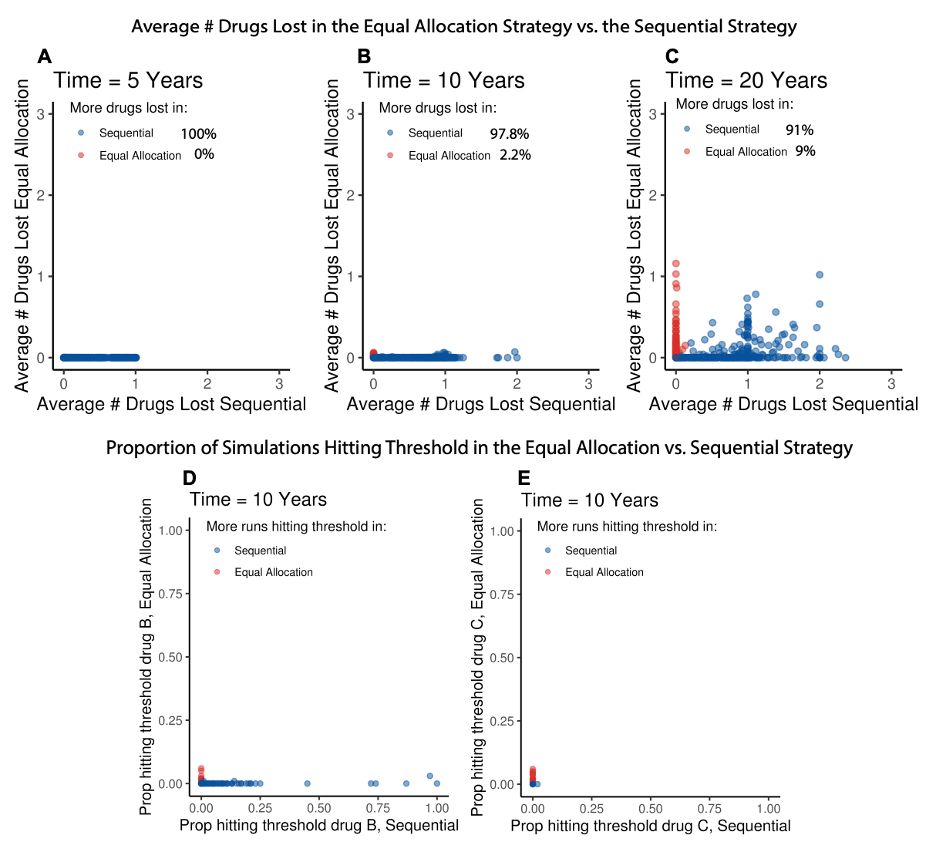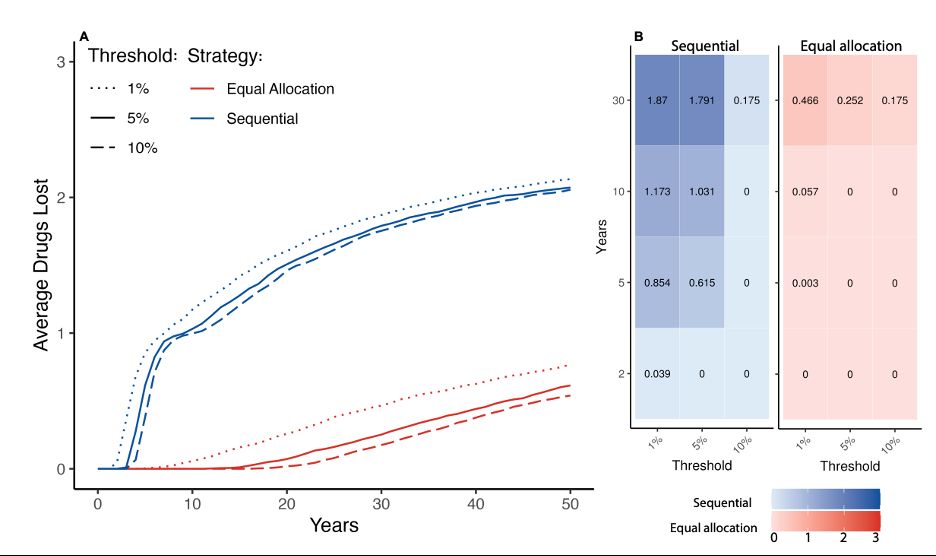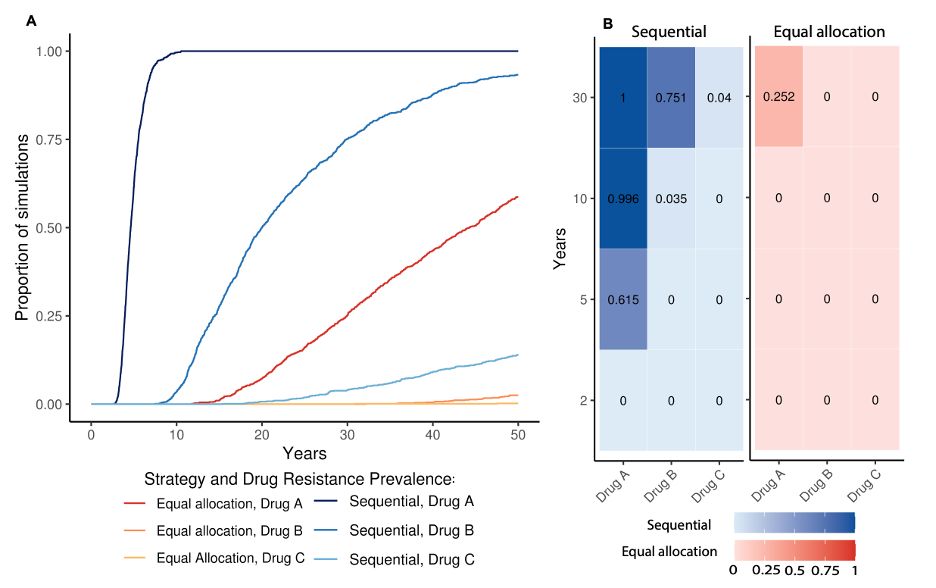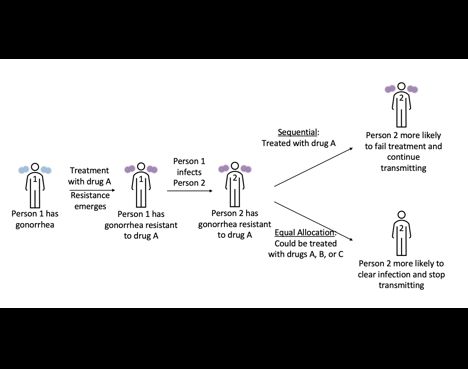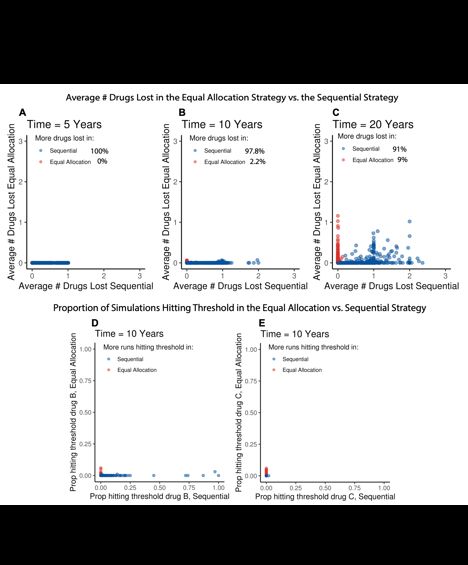Madeleine Kline
@mckline98.bsky.social
110 followers
170 following
22 posts
MD/PhD student at HMS/HSPH infectious disease epidemiology, musician, climate advocate, runner, lover of baked goods and cute animals
Posts
Media
Videos
Starter Packs
Madeleine Kline
@mckline98.bsky.social
· Jul 18
Madeleine Kline
@mckline98.bsky.social
· Jul 18
Madeleine Kline
@mckline98.bsky.social
· Jul 18
Reposted by Madeleine Kline
Bailey Bowcutt
@baileybowcutt.bsky.social
· May 22
Reposted by Madeleine Kline
Reposted by Madeleine Kline
Scott Delaney
@scott-delaney.bsky.social
· May 14
Dan Garisto
@dangaristo.bsky.social
· May 14
